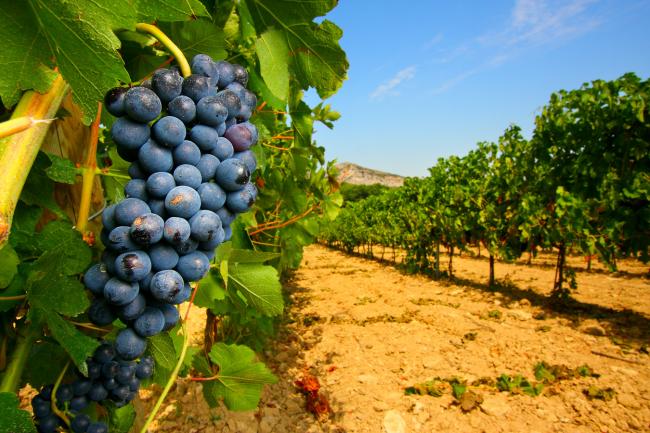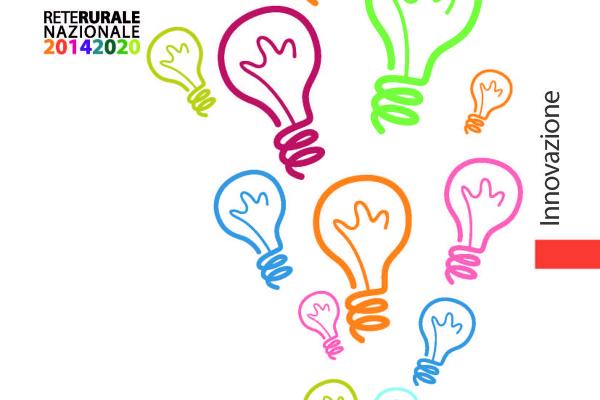Evaluation of carbon footprint in relation to highly sustainable viticultural systems

The agricultural production is one of main sources of greenhouse gases, however few informations on energy use and CO2 emission on fruit system is available. This condition deeply affects the vineyards, especially those located in Italy and Emilia-Romagna Region.
The planned work aims to get a deeper insight on the carbon footprint in vineyards in relation to highly sustainable agricultural systems which are able to reduce carbon emission and enhance carbon sequestration.
Sampling carried out in 3 years, in 3 different areas of the Region, showed that viticultural systems, when properly managed,become quantitatively important sites for carbon sequestration able to actively counteract climate change.
The innovative soil management techniques allowed to increase carbon sequestration, limiting oxidation of organic matter caused by soil management and enhancing the quantity of root exudates produced by cover crops (CC) and by the vine itself. The simultaneous presence in the vineyard of CC capable of increasing the availability of mineral elements in the soil, improved the vine nutritional status, preventing deficiencies, allowed to maximize the photosynthetic capacity of the vine system and consequently its ability to accumulate carbon.
The protection exercised by the biomass accumulated on the soil surface after mowing (inter-row) and that of the aerial biomass of self-seeding leguminous plants (on the row) reduced evaporation and, therefore, the oxidation of organic matter. A sustainable management of the organic matter of the soil is the key to sustainable agriculture. This is also demonstrated by the results obtained by the application of the LCA method through which phases and moments were identified in which environmental criticalities and information were most concentrated in order to carry out improvement interventions. The work carried out showed that the implementation of innovative soil and canopy management techniques and consequently the reduced use of technical inputs (fertilizers,
processes, etc.) are valid tools for limiting CF in viticultural systems and in terms of saving resources.
Rationalization of natural resources use and implementation of "modulated strips" biodiverse grassing and of the vines canopy, characterised by a modulated useful vegetative wall height when water resources are available (early summer). Then, the decrease of the resources is associated with vegetative apex and/or leaves removal, possibly combined with irroration of kaolin. The advantages obtained with this approach will be quatified with eco-physiological measurement systems of single components that contribute to carbon balance, integrated with LCA.
Expected results: The plan is intended to demonstrate to growers, who adopt or want to adopt organic or biodynamic method, the benefits in terms of carbon sequestration and innovative techniques of soil and canopy management. Some practices that are cultivation along the row of self-seeding legumes and between row of a mixture of herbaceous species, maintenance of high leaf area with topping techniques, late defoliation and use of kaolin, bring to an improvement of health condition of plants and quality wine but also an higher quantity of organic carbon in soil, increase of biodiversity and improvement of the microclimate of the plants and soil which will be reflected in savings in terms of water resources, use of tractors, fertilizers and plant protection and interventations in the winery.
All said will garantee to record a positive impression carbon budget, reduce greenhouse gases and maximum efficiency in the use of energy and natural resources. Key benefits / opportunities: To select best practices among those assessed as right balance between environmental sustainability, evaluated by LCA and economic sustainability, in terms of changes in gross income; Beginning of improvement according to eco-sustainable agriculture criteria; Assessment of the possibility to promote their products through the activation of brands and ecological labels.
Sampling carried out in 3 years, in 3 different areas of the Region, showed that viticultural systems, when properly managed,become quantitatively important sites for carbon sequestration able to actively counteract climate change.
The innovative soil management techniques allowed to increase carbon sequestration, limiting oxidation of organic matter caused by soil management and enhancing the quantity of root exudates produced by cover crops (CC) and by the vine itself. The simultaneous presence in the vineyard of CC capable of increasing the availability of mineral elements in the soil, improved the vine nutritional status, preventing deficiencies, allowed to maximize the photosynthetic capacity of the vine system and consequently its ability to accumulate carbon.
The protection exercised by the biomass accumulated on the soil surface after mowing (inter-row) and that of the aerial biomass of self-seeding leguminous plants (on the row) reduced evaporation and, therefore, the oxidation of organic matter. A sustainable management of the organic matter of the soil is the key to sustainable agriculture. This is also demonstrated by the results obtained by the application of the LCA method through which phases and moments were identified in which environmental criticalities and information were most concentrated in order to carry out improvement
interventions. The work carried out showed that the implementation of innovative soil and canopy management techniques and consequently the reduced use of technical inputs (fertilizers, processes, etc.) are valid tools for limiting CF in viticultural systems and in terms of saving resources.
| Titolo/Descrizione | Url | Tipologia |
|---|---|---|
|
sito web del progetto
|
Sito web
|
|
|
sito vigne vini e qualità
|
Link ad altri siti che ospitano informazioni del progetto
|
|
|
Presentazione del progetto
|
Materiali utili
|
|
|
Poster RRN - Enoforum 21 Maggio 2019 (VI)
|
Materiali utili
|
|
|
Articolo - Il Corriere Vinicolo n. 2 20-01-2020
|
Materiali utili
|
|
|
Poster RRN - 22 Maggio 2018 Mestre (VE)
|
Materiali utili
|
|
|
Articolo su AgriCulture FIDAF webzine 6-12-19
|
Materiali utili
|
|
|
Poster - Agri Innovation Summit 2017 Lisbona
|
Materiali utili
|
